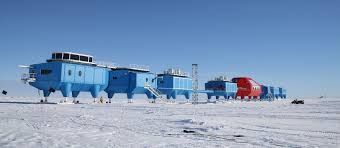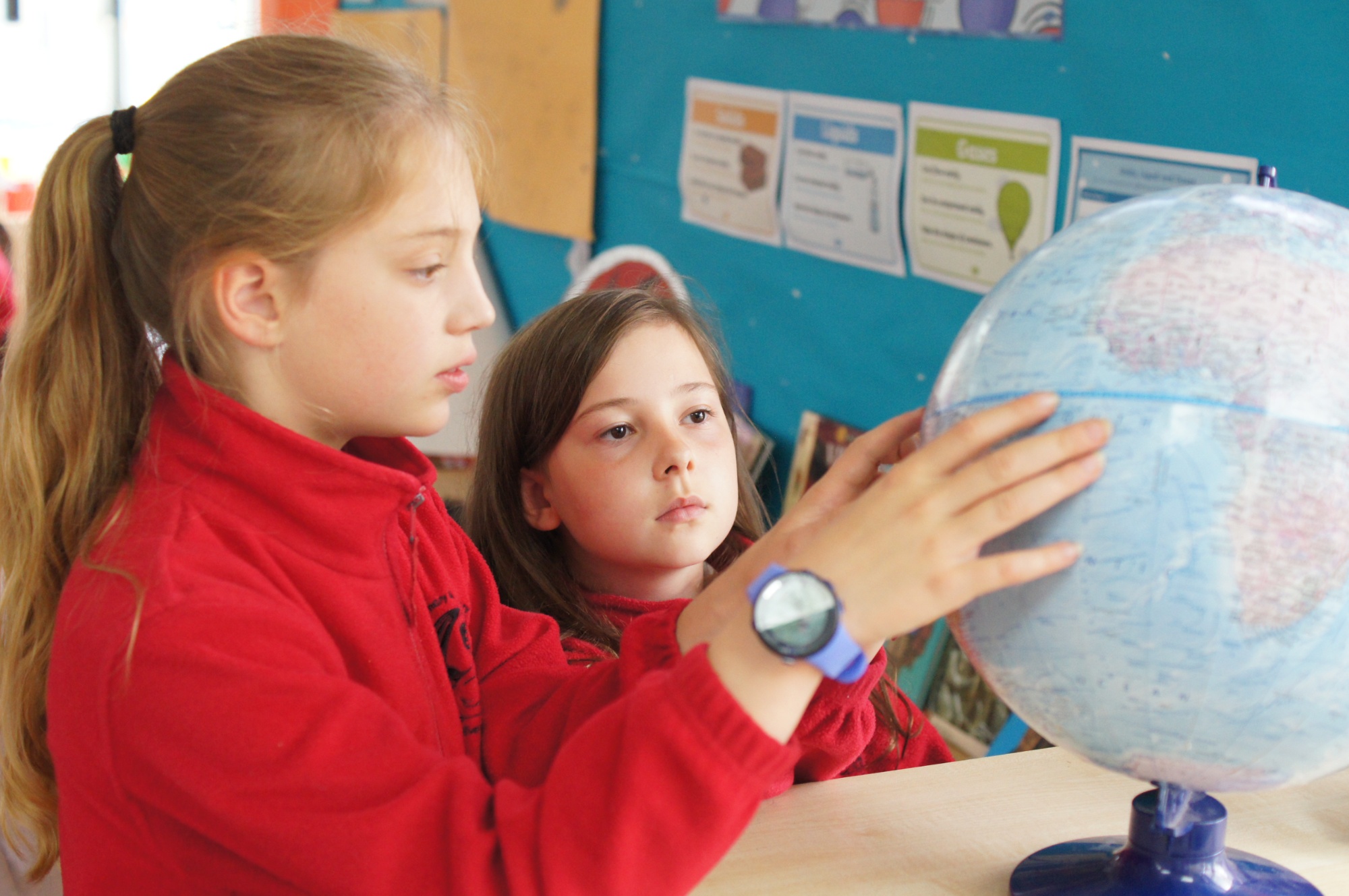What is it like to go to Antarctica?

Find out what it's like to go to Antarctica from someone who has been there!
Steve works for the British Antarctic Survey and was kind enough to talk to Y6 all about Antarctica and the work that BAS do there. He has been on several research trips during his career with BAS and knows first-hand what it's like.
Steve told us that it takes about two months to sail from the UK to Antarctica and BAS only have one research ship now - The Sir David Attenborough. As well as carrying out research, it also takes supplies to Antarctica. Even in good weather, the journey to Antarctica can be very choppy and some people get very seasick.

There are teams of divers who will explore the sea whilst in Antarctica, but it is very dangerous. The water has to be constantly stirred by someone at the top so that it doesn't freeze. There are lots of different types of starfish to be found in Antarctica, some of which are pictured below.



Halley research station is the furthest south out of all the research stations and the snow there never melts. The legs of the buildings move up and down to accommodate the changing snow levels. The station is also built on a floating ice shelf.

There are 17 different types of penguin, but only 8 live in the Antarctic region. The ones on the right below are called Chinstrap penguins because they have a black line under their chin that makes them look like they are wearing a hat!


The children also had chance to ask Steve questions and were interested to ask him all about animals he has seen in Antarctica as well as what the food is like, what they get to do in their downtime and how they might be able to go to Antarctica too!
To find out more about the work that the British Antarctic Survey do, you can visit their website here: https://www.bas.ac.uk/
As we are also learning about the Arctic in our geography topic, you can find out more about polar bears on this website: https://polarbearsinternational.org/ and there is also a polar bear tracker so you can see where they have been!
Mrs Storey

